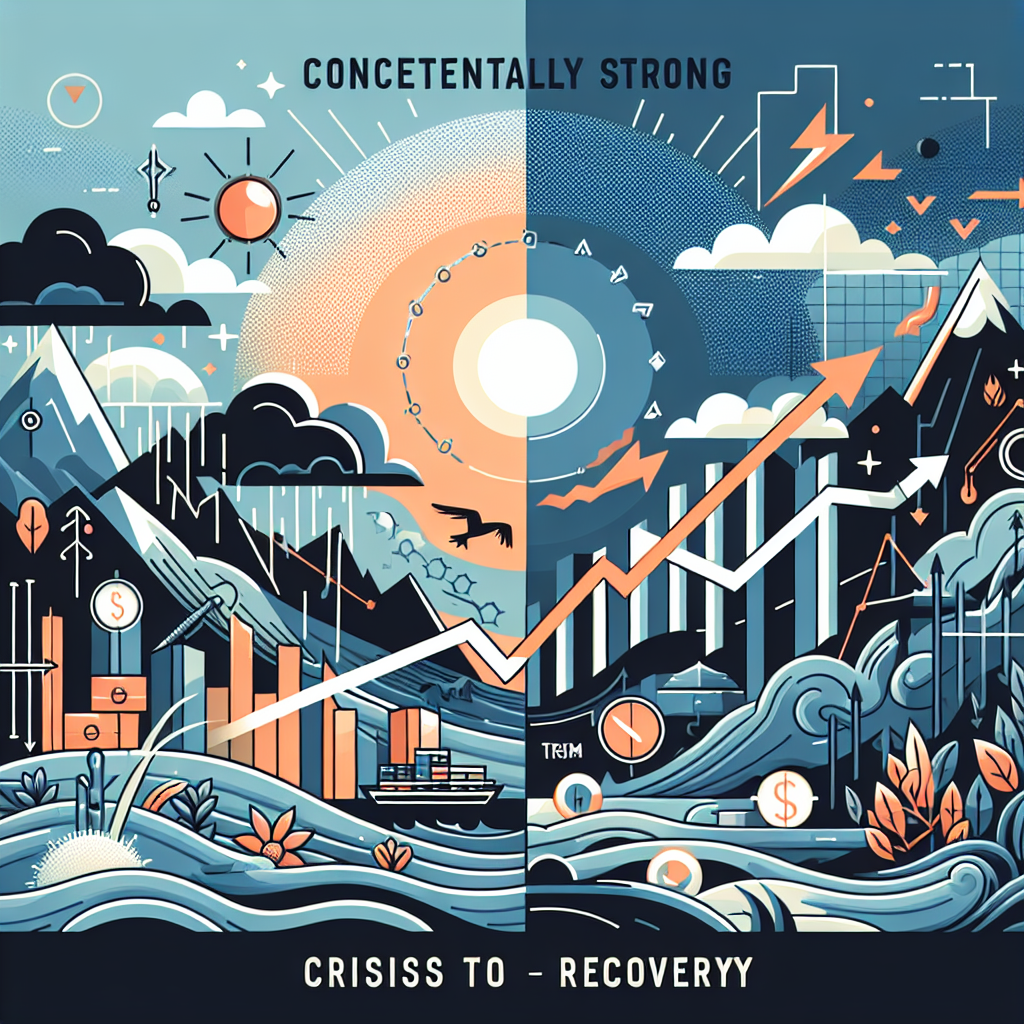In today’s fast-paced and ever-changing business landscape, organizations face a multitude of risks that can threaten their operations and ultimately their success. From natural disasters and cyber attacks to supply chain disruptions and regulatory changes, these risks can have a profound impact on a company’s ability to function effectively and meet its objectives.
That’s why it’s essential for organizations to have robust risk management and business continuity plans in place to safeguard their future. While risk management focuses on identifying, assessing, and mitigating potential risks, business continuity planning is about ensuring that an organization can continue to operate in the face of adversity.
By integrating risk management and business continuity planning, organizations can better protect themselves against a wide range of threats and increase their resilience in the face of challenges. Here are some key steps to consider when developing a comprehensive risk management and business continuity strategy:
1. Identify and assess risks: The first step in safeguarding your organization’s future is to identify and assess the risks that could impact your operations. This includes conducting a thorough risk assessment to identify potential threats and vulnerabilities, as well as analyzing the potential impact of these risks on your business.
2. Develop a risk management plan: Once you have identified and assessed the risks facing your organization, it’s important to develop a risk management plan that outlines how you will mitigate and manage these risks. This plan should include strategies for preventing, avoiding, transferring, or accepting risks, as well as a process for monitoring and reviewing the effectiveness of your risk management efforts.
3. Establish a business continuity plan: In addition to your risk management plan, it’s crucial to develop a business continuity plan that outlines how your organization will continue to operate in the event of a disruption. This plan should include strategies for maintaining essential functions, communicating with stakeholders, and securing key resources, as well as a process for testing and updating the plan on a regular basis.
4. Implement and monitor your plans: Once you have developed your risk management and business continuity plans, it’s important to implement them effectively and monitor their effectiveness over time. This includes conducting regular risk assessments, testing your business continuity plan, and making adjustments as needed to ensure that your organization remains resilient in the face of changing circumstances.
By integrating risk management and business continuity planning, organizations can better protect themselves against a wide range of threats and increase their resilience in the face of challenges. By identifying and assessing risks, developing robust plans, and implementing and monitoring them effectively, organizations can safeguard their future and ensure their long-term success.










